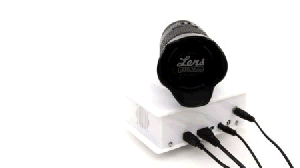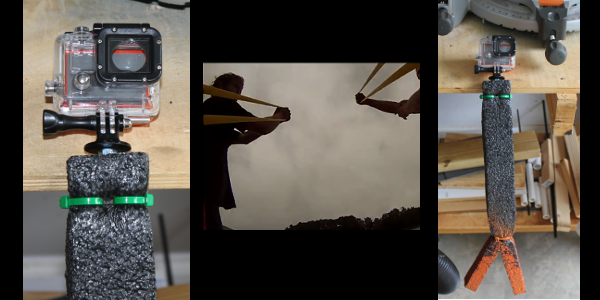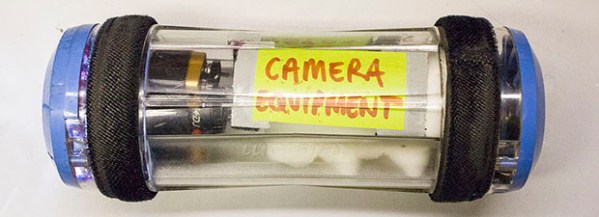[Andy] had a fairly large problem on his hands. For the last 15 years, he’s been collecting DVDs, and since he began, he’s run out of space on his shelves for these miraculous plastic discs. Everything’s going to the cloud now, so he decided to build a media server, replete with rips of all his DVDs. As anyone who has ever tried to rip a movie knows, this can be a very long and tedious process. His solution to this should be something near and dear to all of us – he decided to build a robot to rip all his DVDs automatically.
With a brand new 3D printer, [Andy] set to work on designing Jack the Ripper Bot. The design has two trays mounted to a standard computer DVD drive, an ‘in’ tray and an ‘out’ tray. The frame of the machine bolts directly to the drive, and the entire contraption is driven by only three standard hobby servos.
The robot is driven by a Raspberry Pi, but the ripping actually takes place on an old laptop. [Andy] says it takes about an hour and a quarter to rip a DVD, so a full ‘in’ tray of 24 discs means about 28 hours of ripping time. Feeding the machine once a day is a lot better than returning to the computer every hour or so, we think.
All the STLs for the printed parts and the software for the Raspi and computer are up on [Andy]’s github, should anyone want to upgrade this to a Blu Ray ripper.
Thanks [Stephen] for sending this one in.















